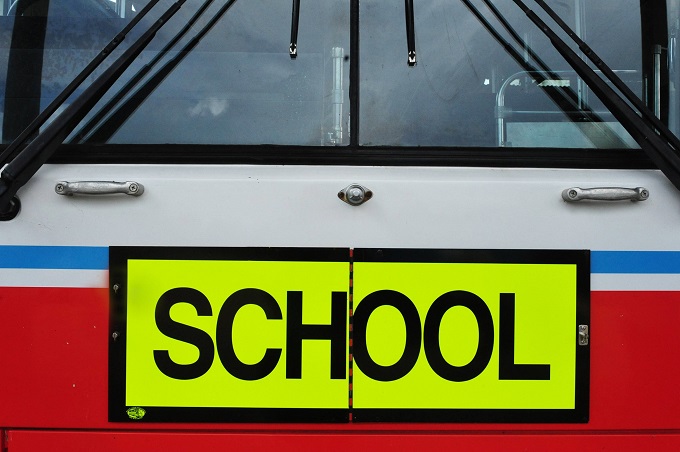A word from the Ministry on school transport

School Transport has a proud history of helping Kiwi kids get to school. We have been doing this for over 130 years.
The Ministry of Education’s school transport team understands the trust caregivers place in us every time they put their child in our care. Some of us have fond memories of catching the school bus ourselves.
This column was originally submitted by the Ministry of Education for the School News feature on school buses in Term 4, 2018.
We are committed to ensuring the safety of students on school transport and take any concerns raised about our services seriously.
Our 33 staff in national office and around the country provide around 7000 vehicle trips for about 100,000 students each day at a cost of around $190 million a year.
This includes two ferry operators bringing students to school – including one Ministry-contracted school bus travelling by ferry for part of the journey.
The Ministry offers transport assistance where, under certain circumstances, we can help bridge the barrier of distance to education.
We bulk some fund schools individually or in groups to provide bus services for their students who meet the distance criteria. Some schools operate their own buses and some contract commercial providers.
We provide Specialised School Transport Assistance (SESTA) where a student’s safety or mobility needs mean they require additional assistance to access education. That could be a place on a Ministry-contracted vehicle; whether a standard vehicle or a total mobility vehicle; or by payment of an allowance to caregivers to assist with the costs of transport.
Kura are provided with separate transport funding in recognition of the philosophy of Māori immersion. Funding is provided on a ‘per student’ basis for all students enrolled that meet the distance criteria.
Year 7 and 8 students who have to travel to other schools to access specialised educational facilities for subjects such as woodwork, sewing, cooking and metalwork are also eligible for transport assistance.
Where we cannot provide a vehicle service for eligible students, the Ministry provides conveyance assistance to caregivers which is a daily rate calculated on the distance travelled for each day the child attends school.
Transporting school students rightly brings with it a high level of public scrutiny. Travel by bus is inherently safe, due to the size and construction of buses and the way they absorb crash forces to protect their occupants in comparison to small passenger vehicles.
We are currently at the early stage of planning for new bus contracts. Our Ministry bus contracts all expire at the end of 2020, and it is important that we get the right services that provide best value for taxpayers.
We are also looking into a range of technical improvements for the school transport system. Our contracted services can now be tracked in real time, and in the future, we hope to be able to open viewing of the system to caregivers.
It’s an exciting time for school transport as we work towards making our good transport system even better.






